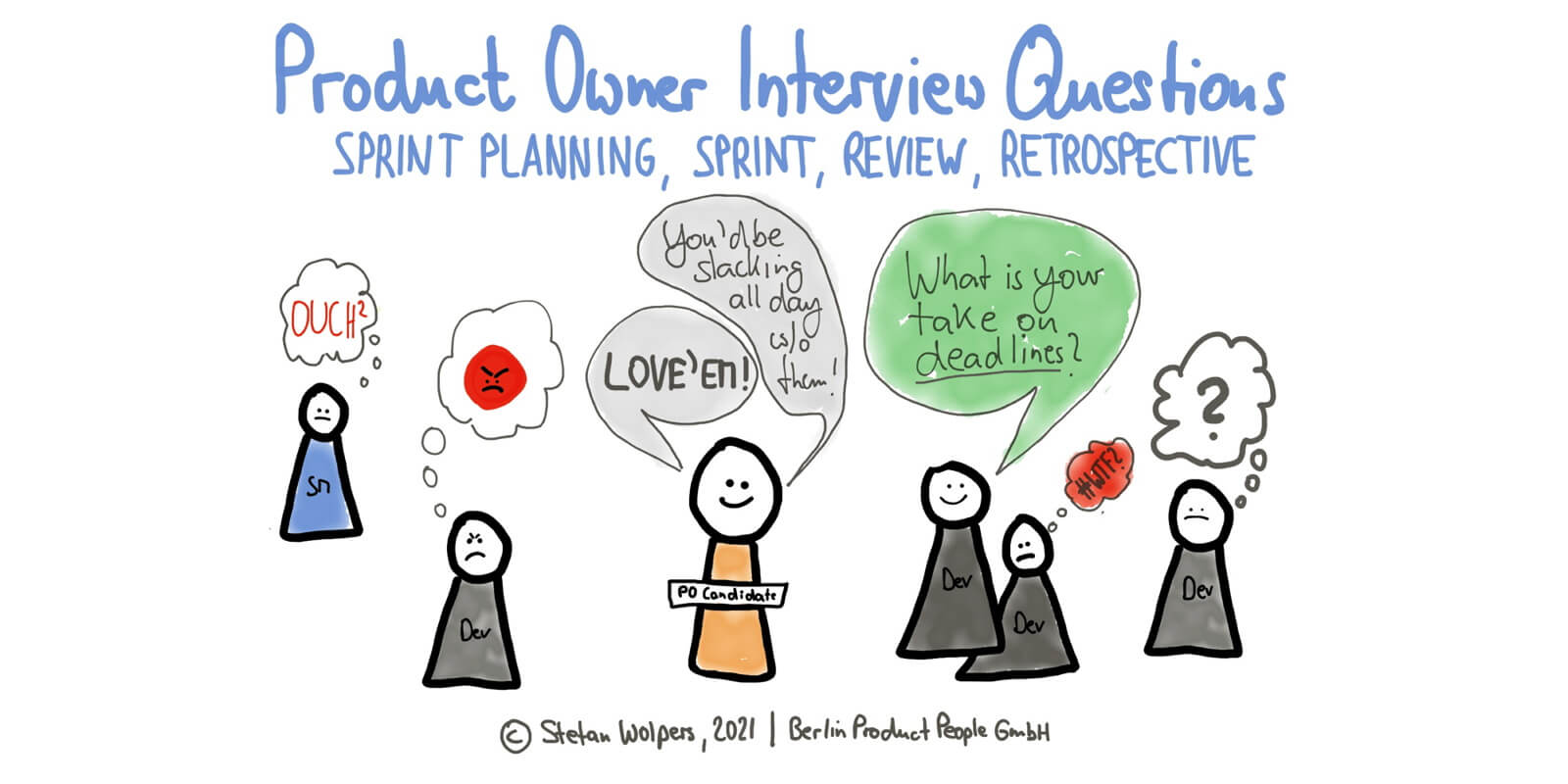
The team should brainstorm solutions and put a plan in place to actualize the best ideas. Next, it’s time to decide how you will put those insights into action. Now is the time to pay attention to recurring themes, patterns, and issues that might cause one another. Other times people may realize that all the cards seem to relate to a specific stage in development. Sometimes you might notice that many people share the same point, which probably means it’s worth addressing. To generate insights, lay out all the cards from your team and organize them by similarities. Ask each team member to compile their observations about the Sprint onto cards. You can approach the data gathering stage much like the beginning of the “Start, Stop, Continue” exercise. Use the first few minutes of your meeting to establish an open and informal tone where people feel comfortable bringing up ideas. Start with a game, like asking each team member to summarize the Sprint using only three words. ‘Set the stage’ means priming your team for discussion. To follow, break up your Retrospective into the following five stages: With a bit of tweaking for personalization, your team can use an agile retrospective format. Esther Derby and Diana Larsen created a more in-depth approach in their book Agile Retrospectives.

The “Start, Stop, Continue” exercise is too brief and quickly feels repetitive for some. Incorporate any feedback into your next “Start, Stop, Continue” board. Review these focus areas at the beginning of your next Retrospective to measure their success. Calculate which items got the most votes selecting the top few (no more than three), and keep those items as your area of focus for the next Sprint. Give each team member a set number of items they can vote for (usually three). At the end of the discussion, set up a vote to decide which items are most important. When everyone finishes, address each item one by one to allow people time to share input. Start by giving your teams a set amount of time (5-10 min) to write and categorize their cards.

Here are three popular ways to run a Retrospective. The best way to keep Retrospectives productive is to continuously challenge the team to think of solutions in new and interesting ways and create an agile Retrospective format. And there’s certainly more than one way to run a Retrospective.
#Sprint retrospective questions skin#
That’s why it’s important to mix things up! As one of my favorite bizarre sayings goes: there’s more than one way to skin a cat. After a few Sprints with the same kind of Retrospective following each time, you’ll probably notice that team participation and the overall energy level people bring to the Retrospective start to drop. People tend to adapt to new habits fairly quickly. Unfortunately, no single approach is a silver bullet. People have come up with various formats and exercises for approaching these topics, but all face a similar challenge: keeping the Retrospective engaging and productive over time. They’re usually facilitated by a Scrum Master and include only the team (not managers or other stakeholders, since their presence can deter teams from bringing up mistakes). Retrospectives are ceremonies held at the end of each Sprint where team members collectively analyze how things went to improve the process for the next Sprint.
#Sprint retrospective questions driver#
The Scrum framework of project management is based on four basic Agile meetings, i.e., ceremonies: the Sprint Planning meeting, Daily Stand-up, Sprint Review, and Sprint Retrospective.Ĭontinuous improvement is one of the biggest benefits of working in an Agile work environment, and in the Scrum framework, the driver of improvement is the Retrospective.


 0 kommentar(er)
0 kommentar(er)
